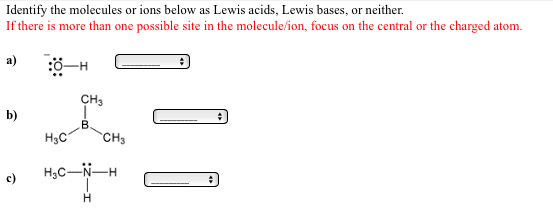

Can you explain this answer?, a detailed solution for Considering the quadnipolar nature of M -M bond in 2-, M -M bond order in +is _Correct answer is '3.5'.

Besides giving the explanation ofĬonsidering the quadnipolar nature of M -M bond in 2-, M -M bond order in +is _Correct answer is '3.5'. Can you explain this answer? defined & explained in the simplest way possible. Here you can find the meaning of Considering the quadnipolar nature of M -M bond in 2-, M -M bond order in +is _Correct answer is '3.5'. As a result, the number of bonding electrons is increased, and the number of antibonding electrons is decreased, leading to a bond order of 3.5 for the M-M bond in. Therefore, the bonding orbitals are lower in energy, and the antibonding orbitals are higher in energy. This can be explained by the Ligand Field Theory, which suggests that the PMe2Ph ligands stabilize the bonding orbitals more than the antibonding orbitals due to their electron-donating nature. However, the quadnipolar nature of the M-M bond in 2- also suggests that the M-M bond in would have a bond order of 3.5 when taking into account the effect of the ligands. Substituting the values in the formula, we get: Bond Order = (4 - 4) / 2 = 0 / 2 = 0 Therefore, the number of bonding electrons is 4, and the number of antibonding electrons is also 4.

In the case of, the M-M bond is formed by the overlap of four d orbitals from each Re atom, resulting in four bonding and four antibonding orbitals. The bond order of the M-M bond in can be calculated using the following formula: Bond Order = (Number of Bonding Electrons - Number of Antibonding Electrons) / 2 The 2- complex has a quadnipolar nature of the M-M bond, which means that the bond is formed by the overlap of four d orbitals from each Re atom, resulting in four bonding and four antibonding orbitals. When I can not lay my hands on my molecule modeling kit made of plastic balls and straws I tend to grab oranges and then draw atoms with a marker pen on the skin.Bond Order Calculation in You can then hang it on the tree as a decoration or pull it apart and eat the fruits. You will still have the same arrangement of the atoms in your model. Or apples to represent the chlorine atoms in carbon tetrachloride. It will not matter if you put grapes on the points of the cocktail sticks to represent hydrogen atoms in the methane. You should find that the tips of them form a triangle-based pyramid (tetrahedron). Stab them into the orange in such a way that they are the greatest angle apart. As it is the festive season go and grab an orange and four cocktail sticks. If you still do not understand it then I would suggest that you fall back to VSEPR theory. But the angle between them will be dictated by the arrangement of the sp3 orbitals around the carbon atom. The C-Cl and C-H bonds will be different in length. If the bonding orbital between the carbon and the chlorine is occupied with two electrons then we have a bond. The orbital with only one electron can interact with the sp3 orbital on the carbon (bearing only one electron) to form two new molecular orbitals. Three of these are occupied with two electrons while one in an isolated chlorine atom only has one.

If we change to chlorine, then the outermost orbital (for the valence electrons) of the atom has also rehybridized to give us four sp3 orbitals. The sphere-shaped s orbital has the right geometry to interact with the sp3 orbital and it can result in the formation of an occupied (2 electrons in it) bonding orbital between the carbon and the hydrogen. We will only concentrate in this answer on the bonding orbitals. These have opposite signs of the wavefunction.Ī hydrogen atom in the ground state has a single electron in an s orbital, this is a sphere-shaped orbital that can interact with the sp3 orbital to form both a bonding and an antibonding orbital. The sp3 orbital has two pear-shaped lobes, one is large and one is small. These are arranged in a tetrahedron around the carbon.Ī covalent bond is formed by sharing the one electron in the sp3 orbital of the carbon with an atomic orbital from another atom that has the right geometry to overlap with the sp3 orbital. The carbon in an alkane such as methane has rehybridized its orbitals to give us four sp^3 orbitals.
#Cl4 ion bonding series
Consider for a moment what is known as the isolobal concept, there are a series of atoms and groups which all present the same types of orbitals (or at least close to identical orbitals) and the number of electrons.Ĭonsider for a moment a methane molecule, if we were to break a C-H bond then the carbon atom would only have seven valance electrons.


 0 kommentar(er)
0 kommentar(er)
